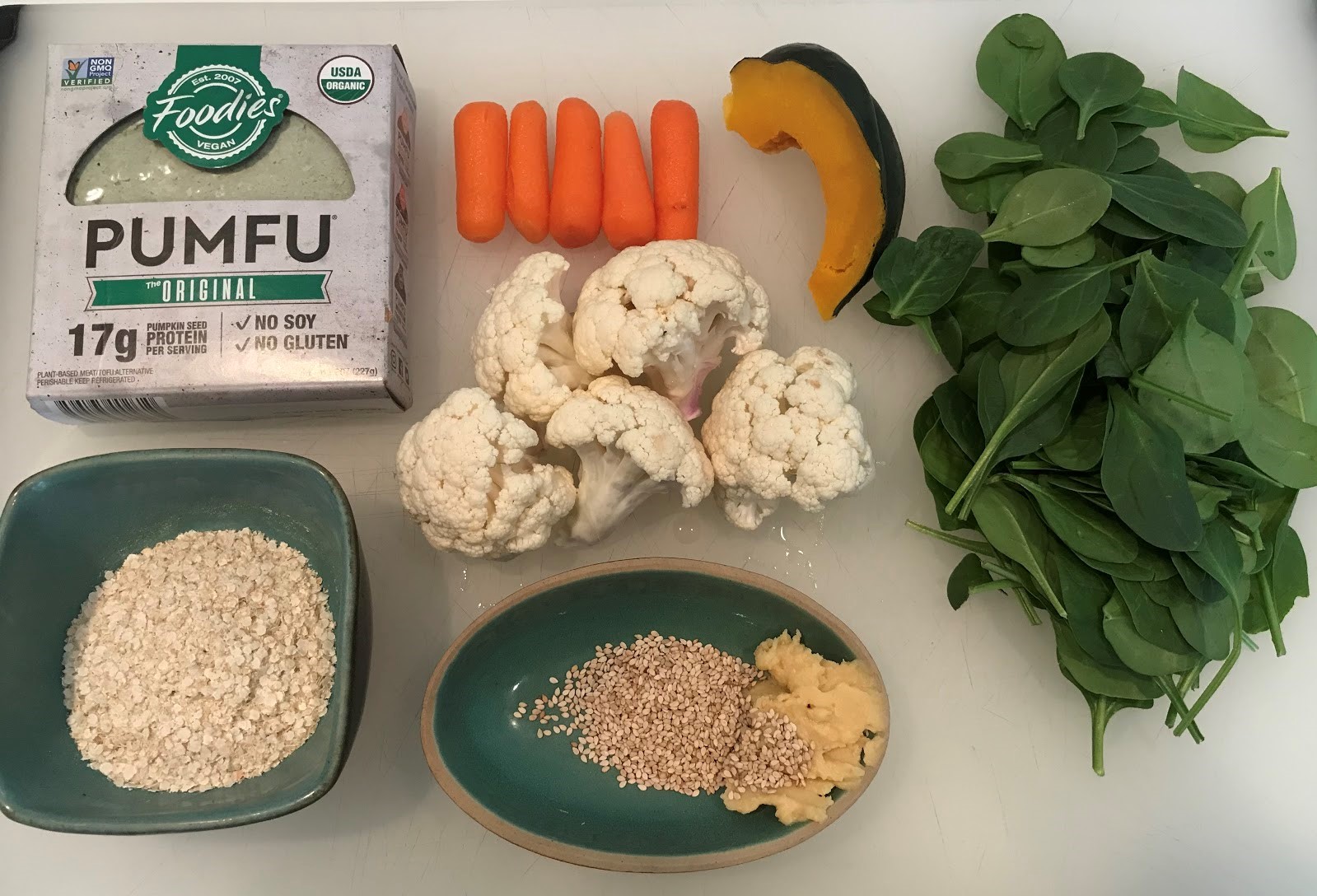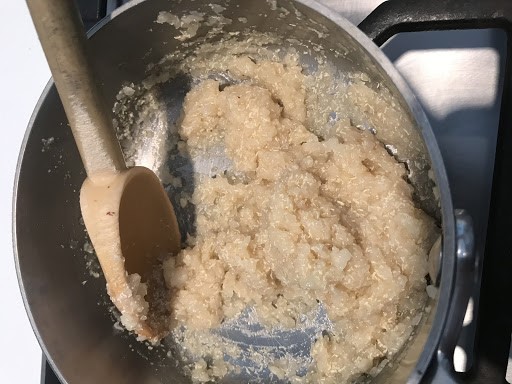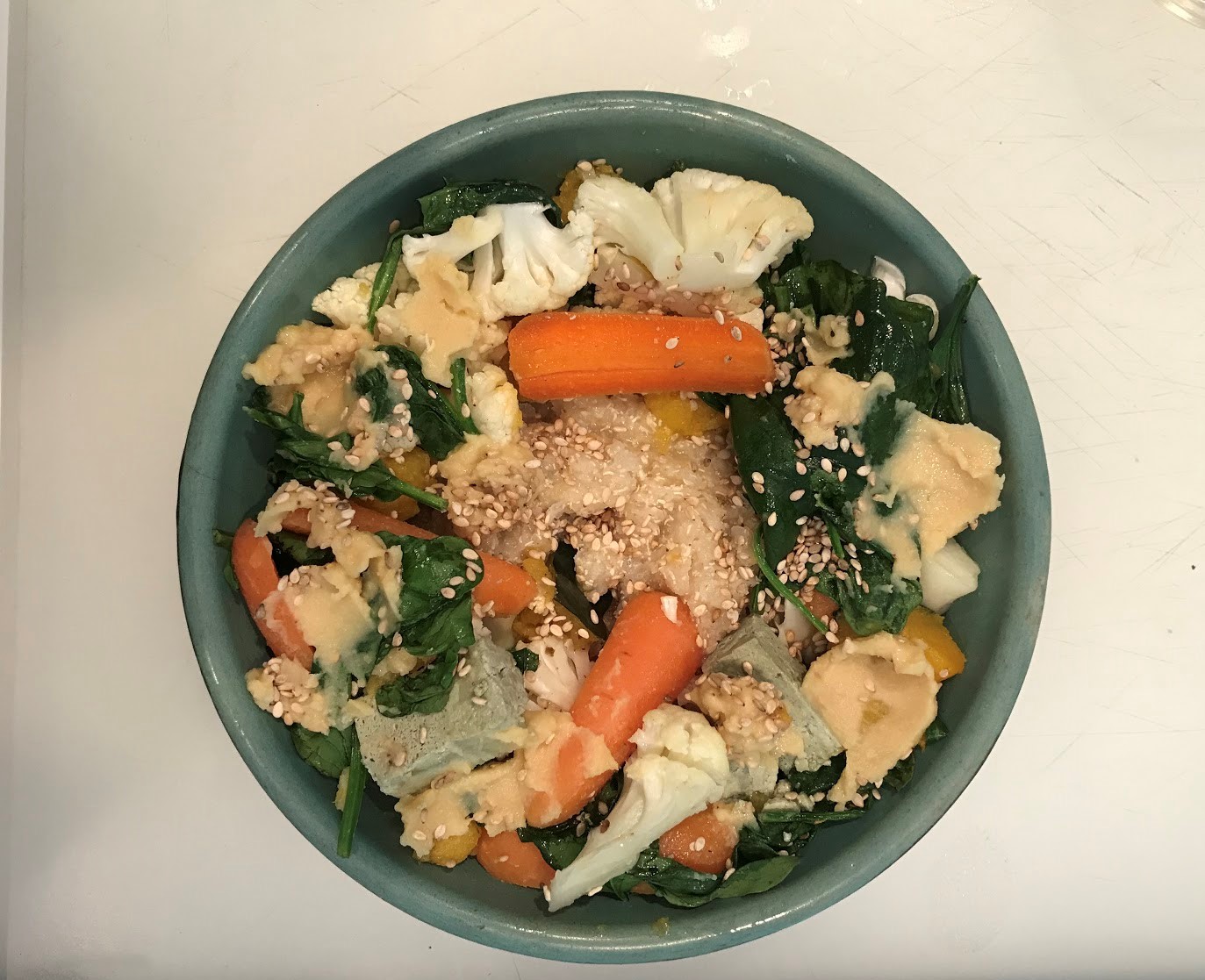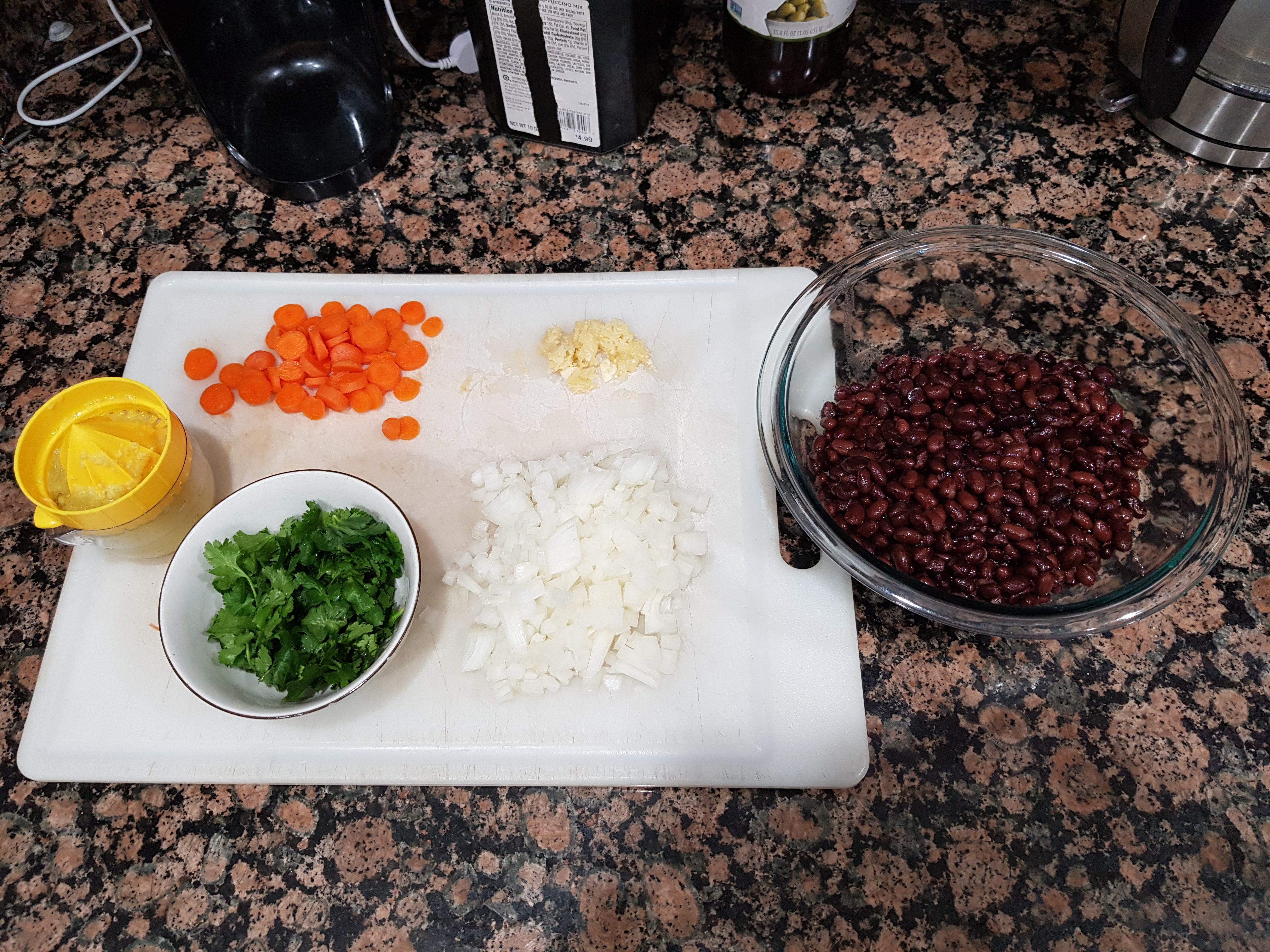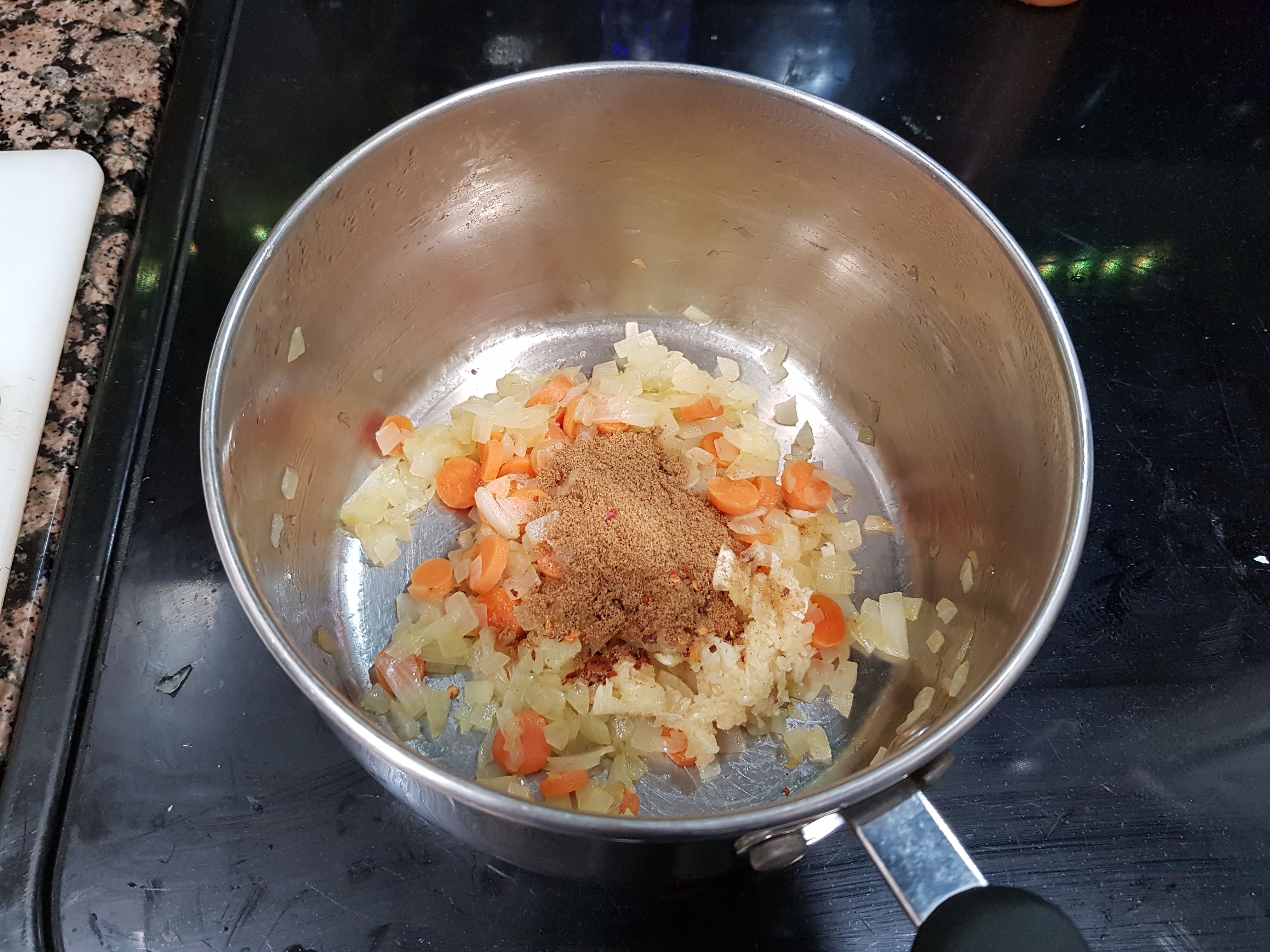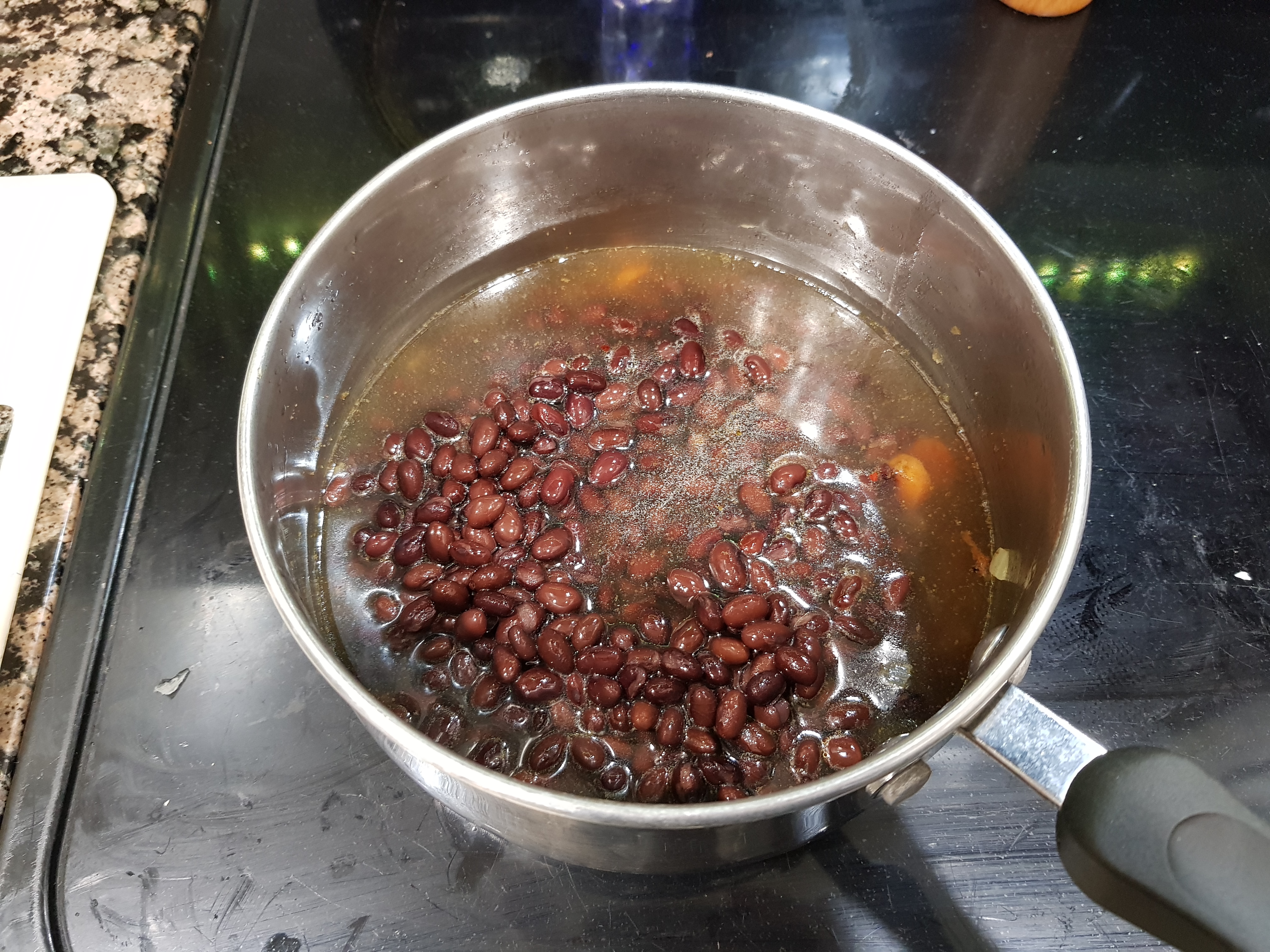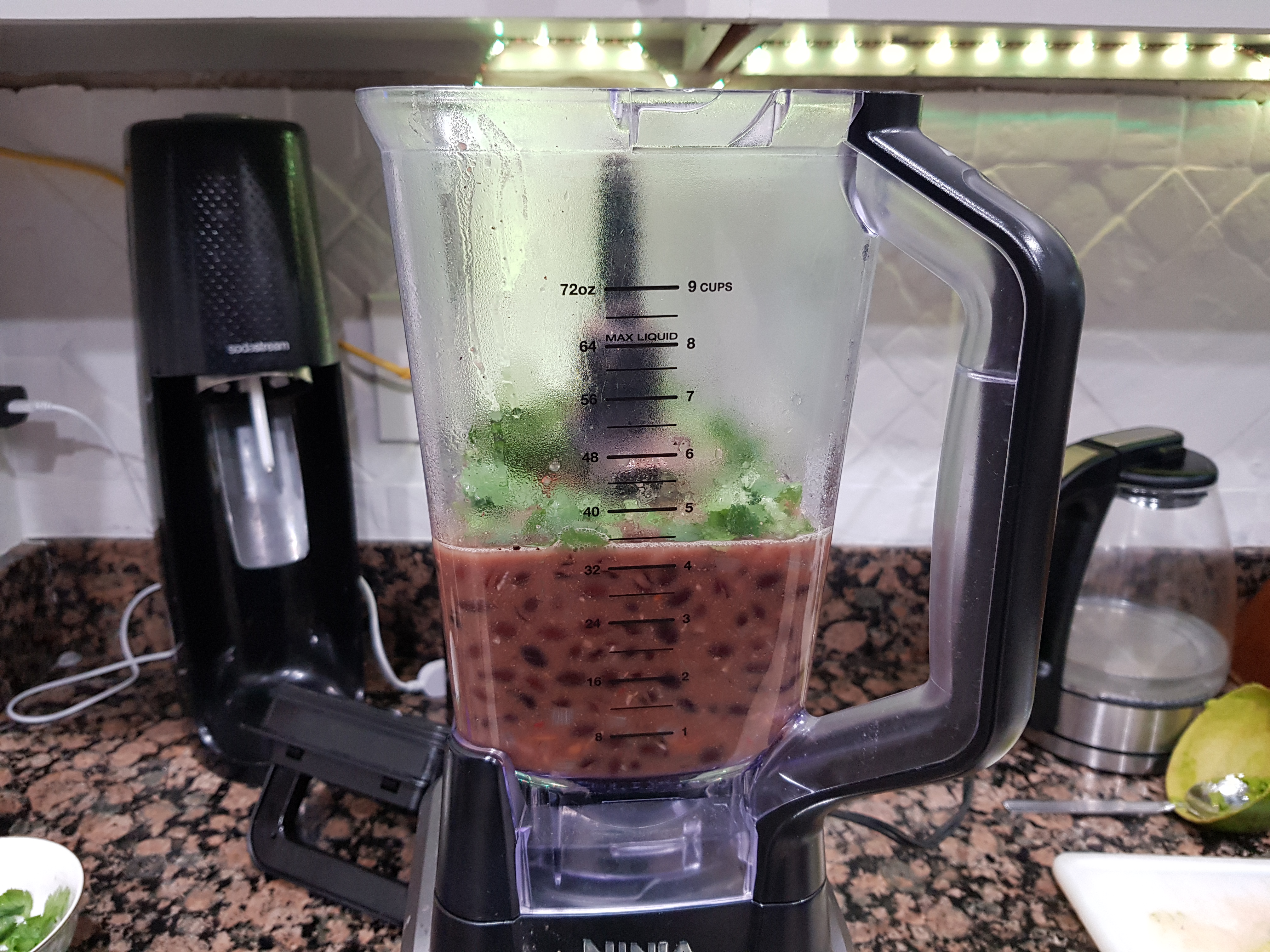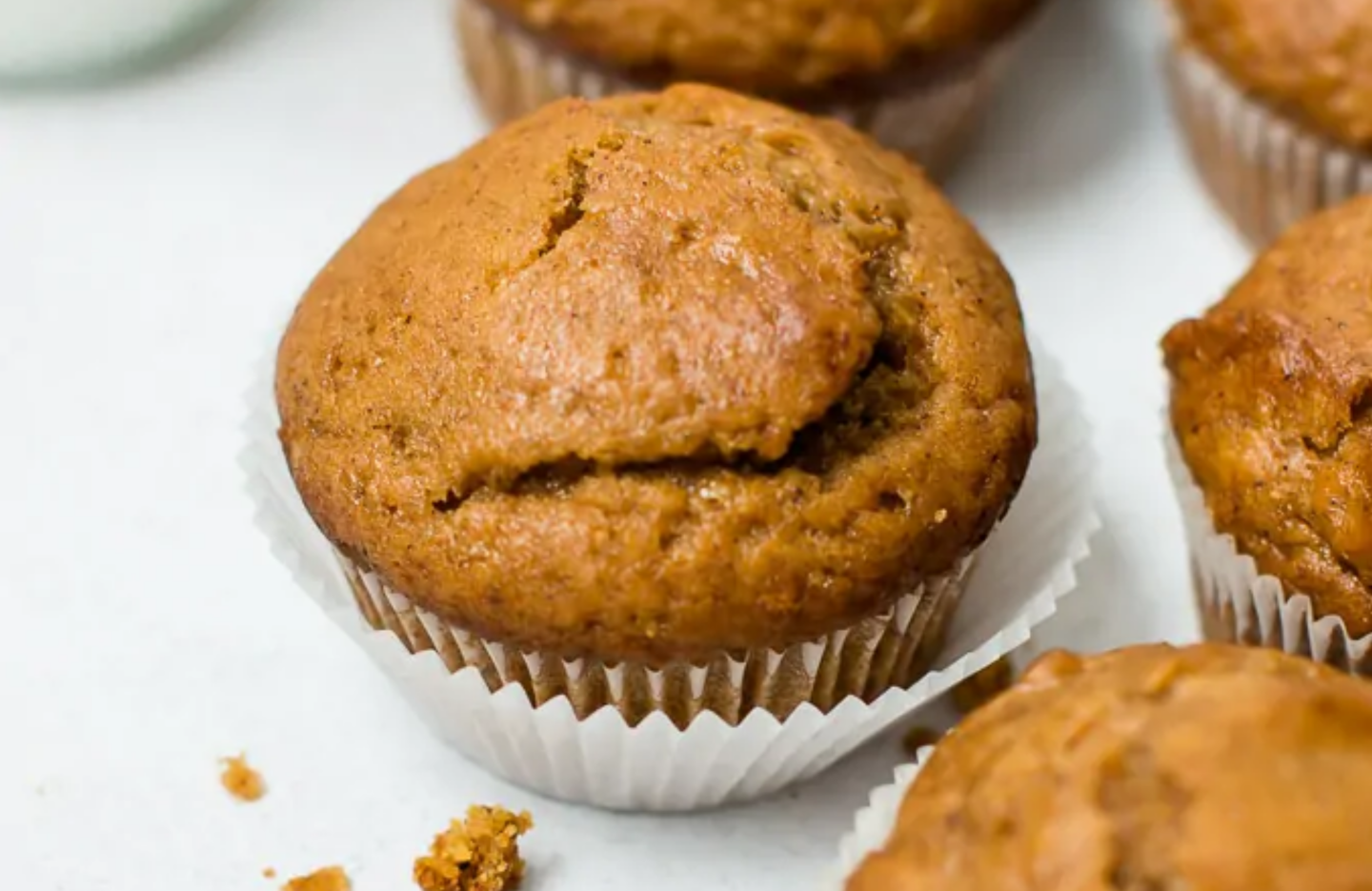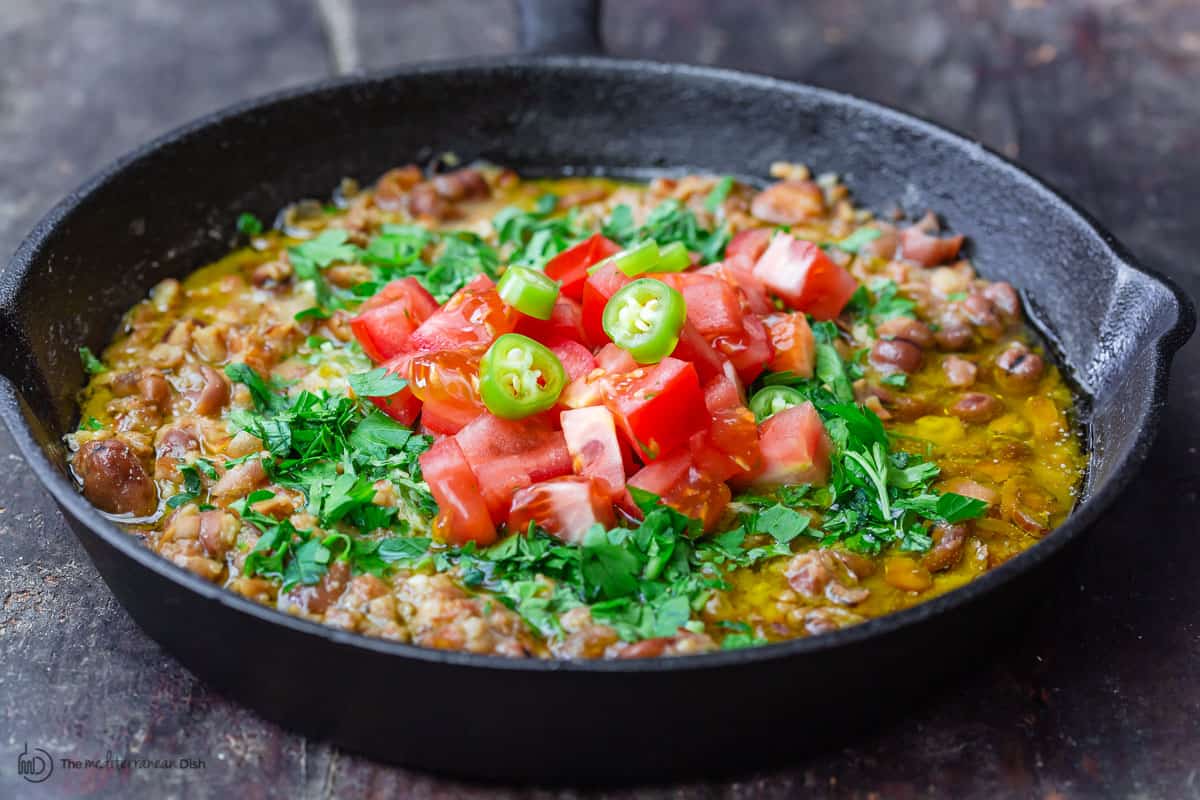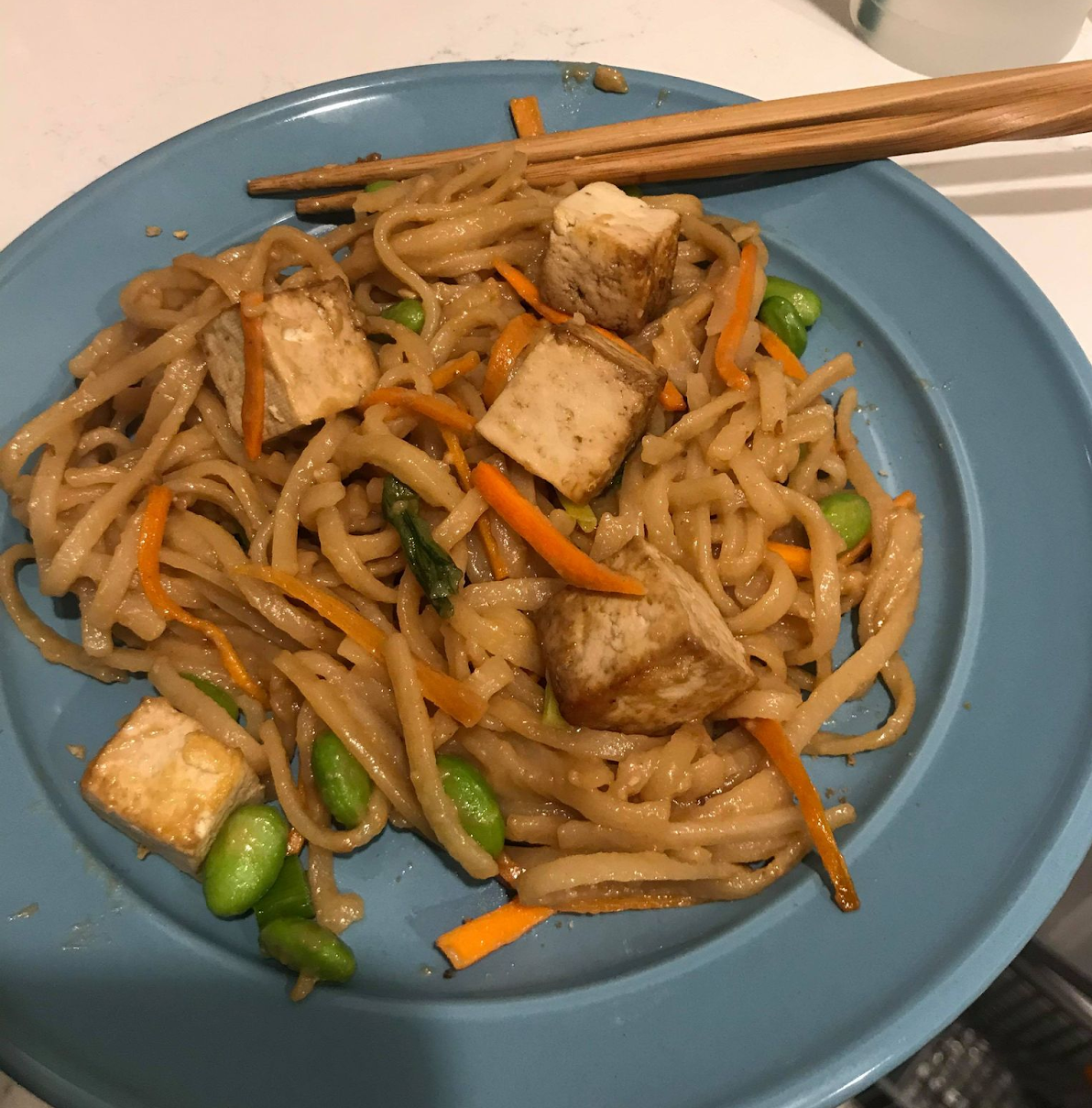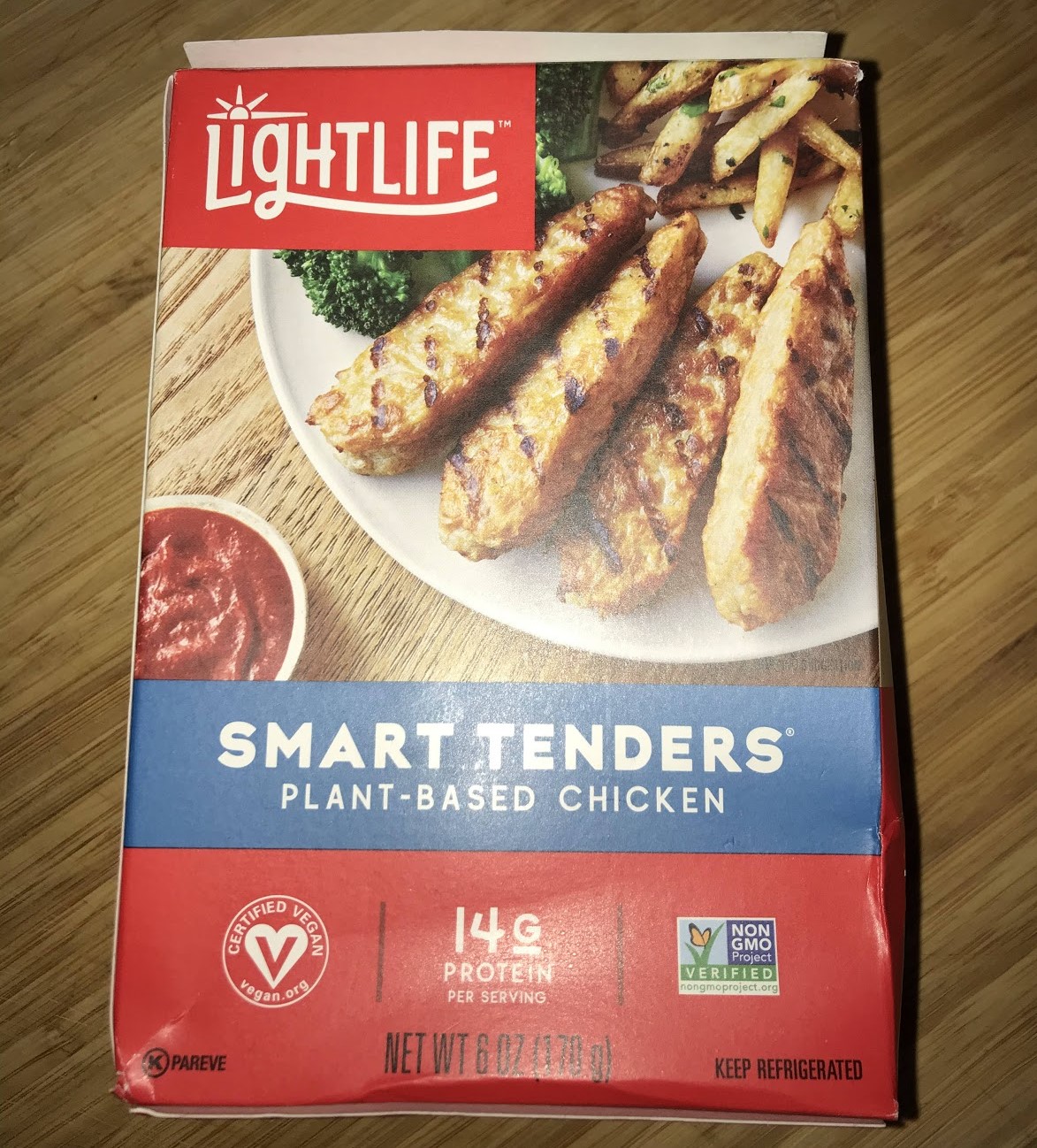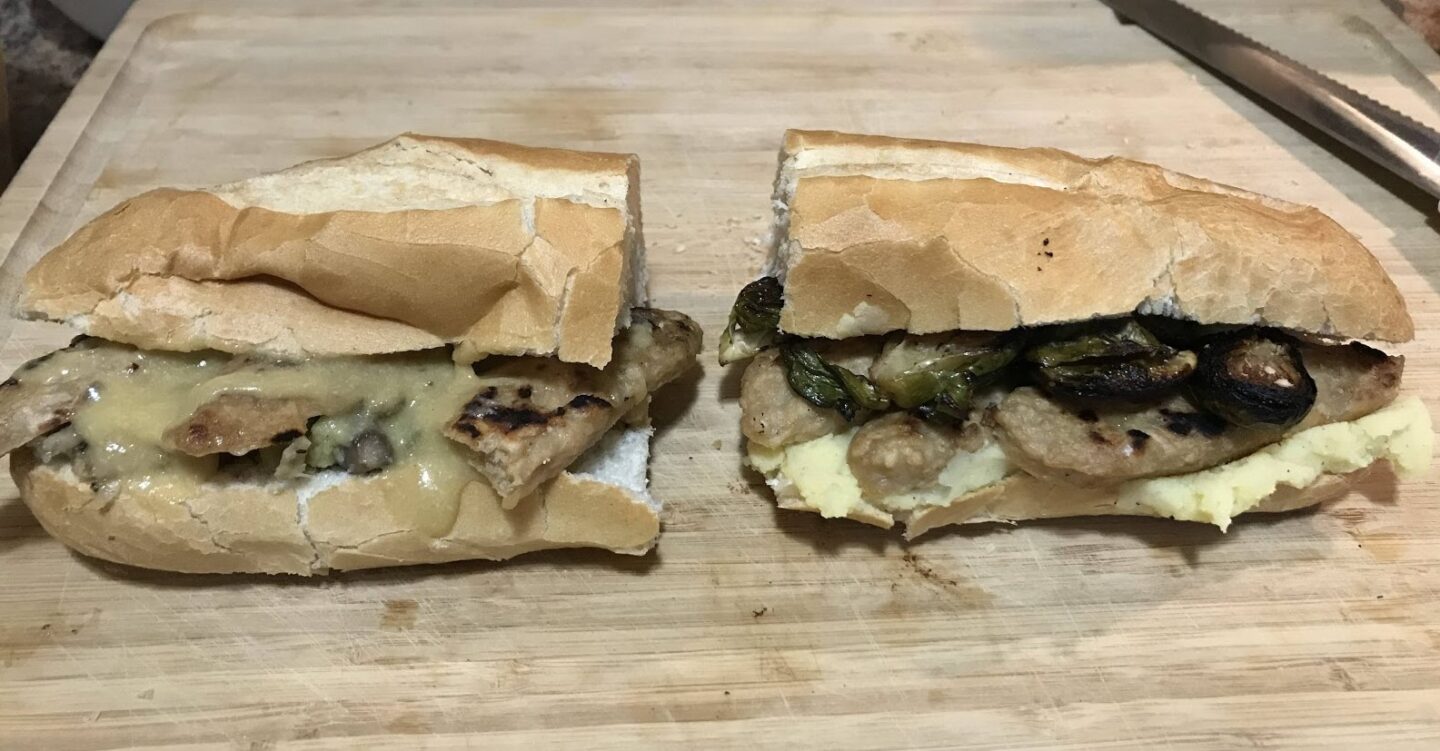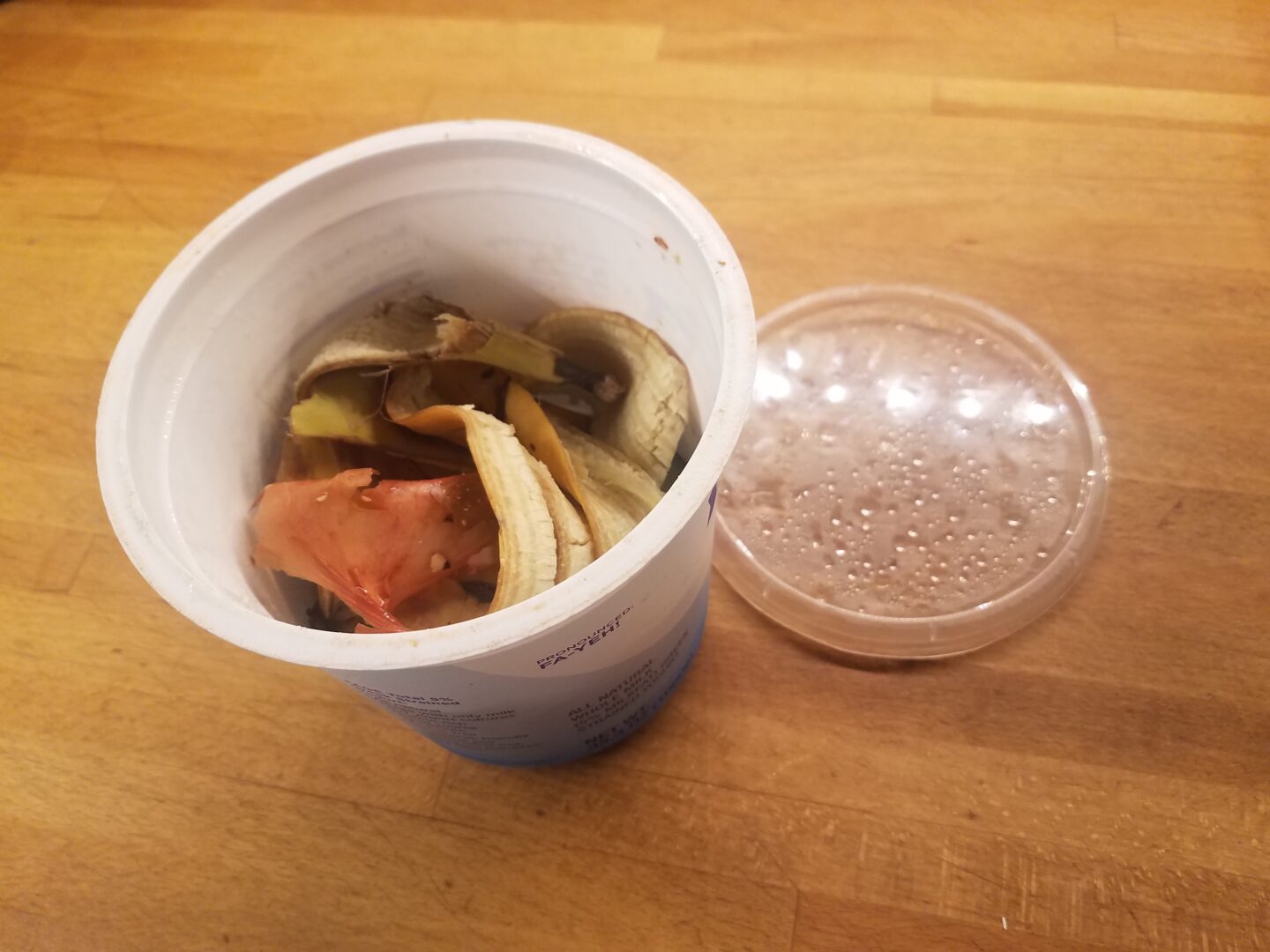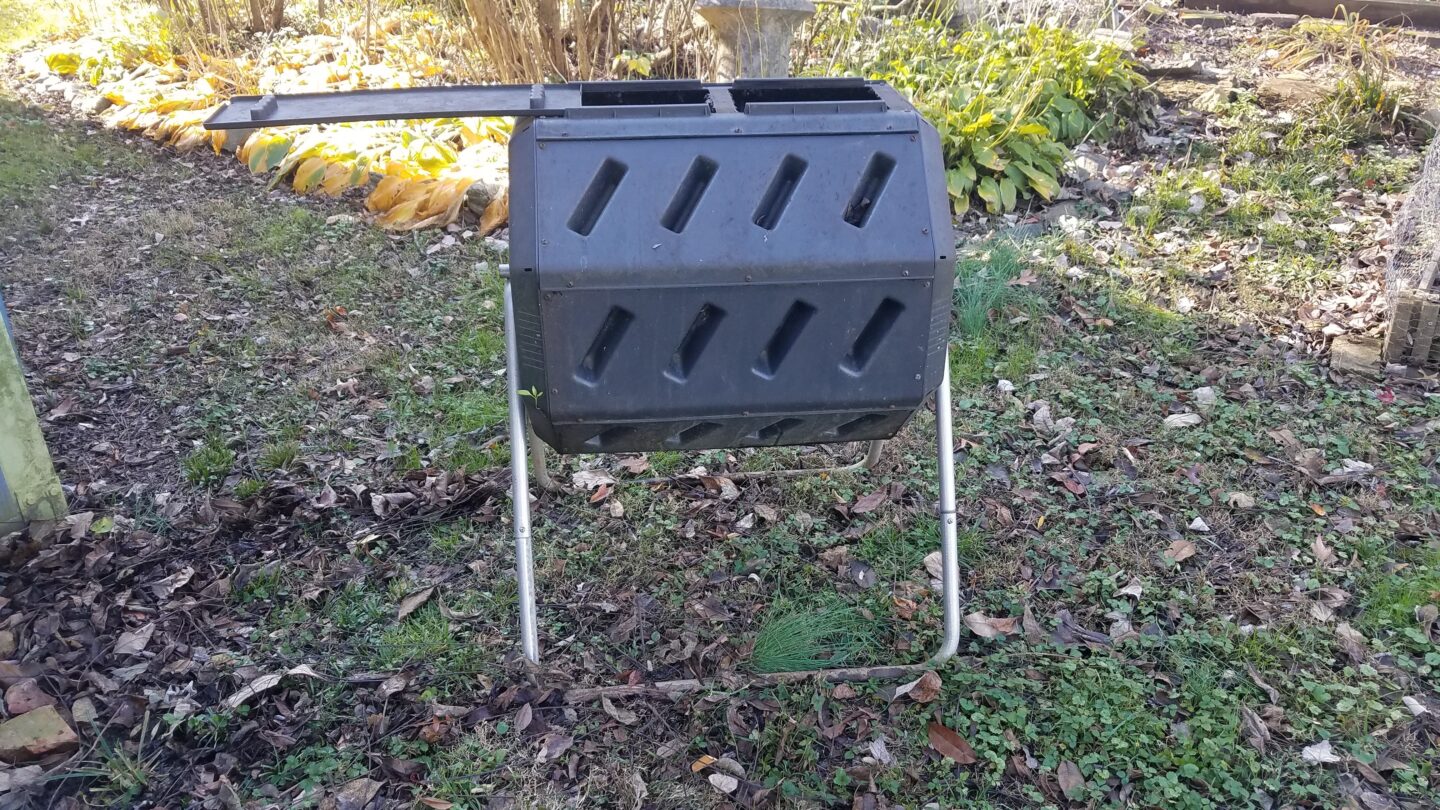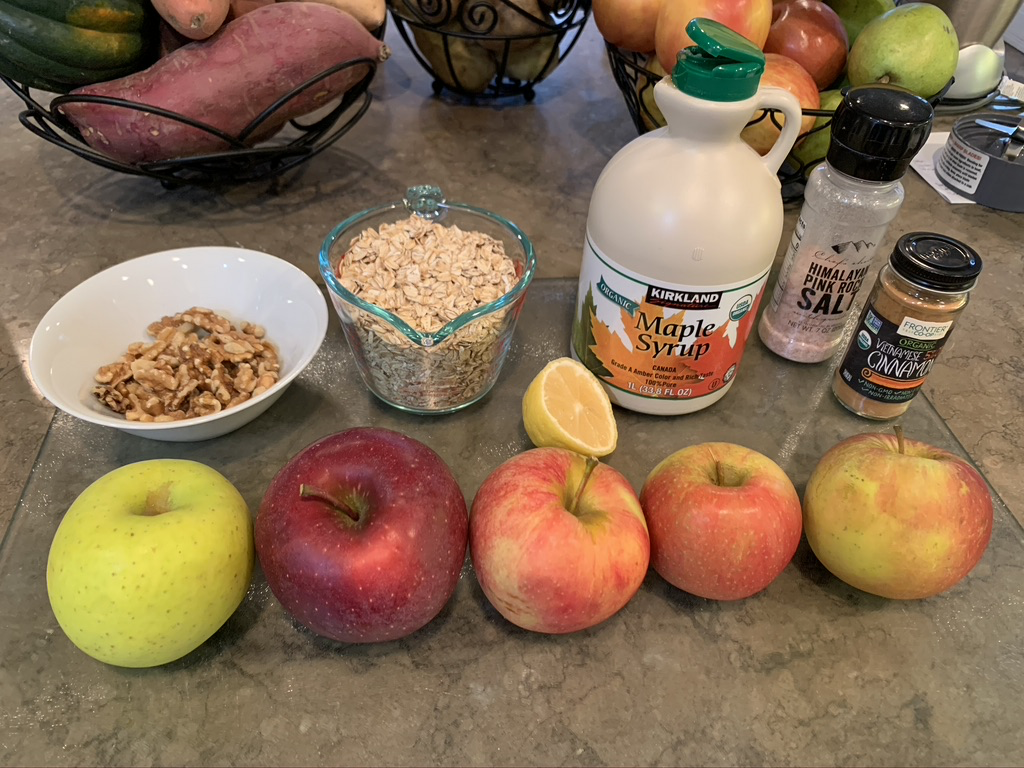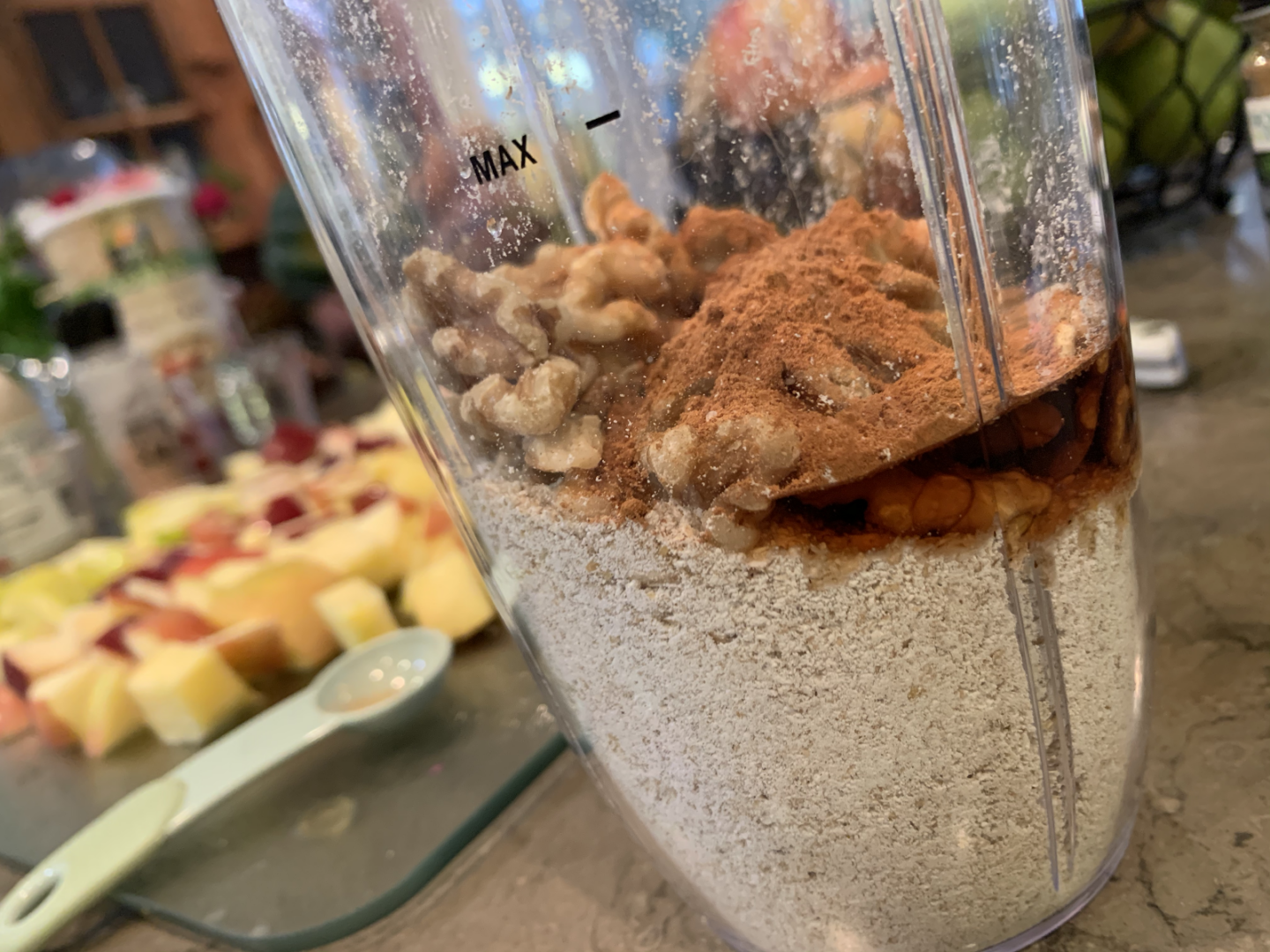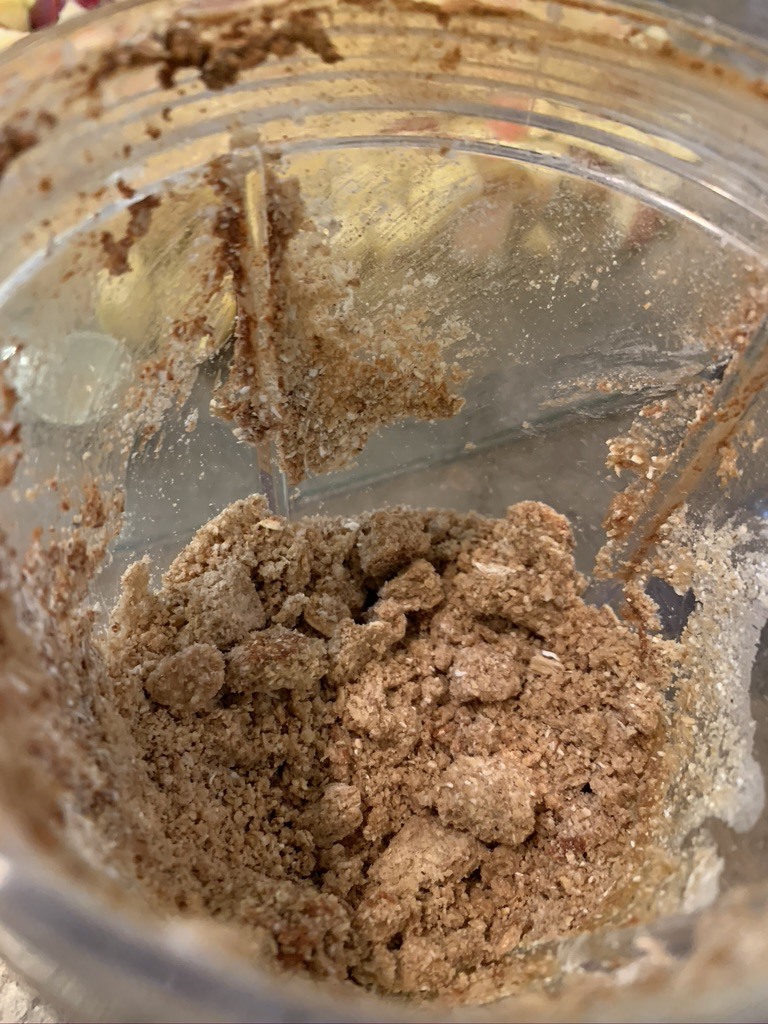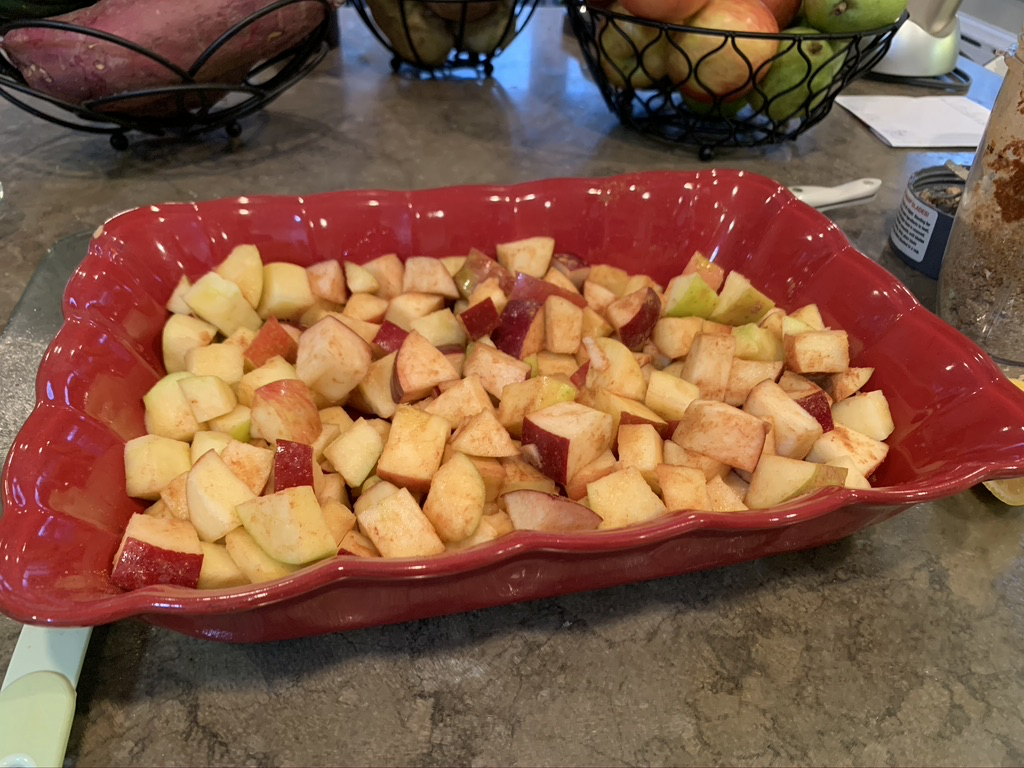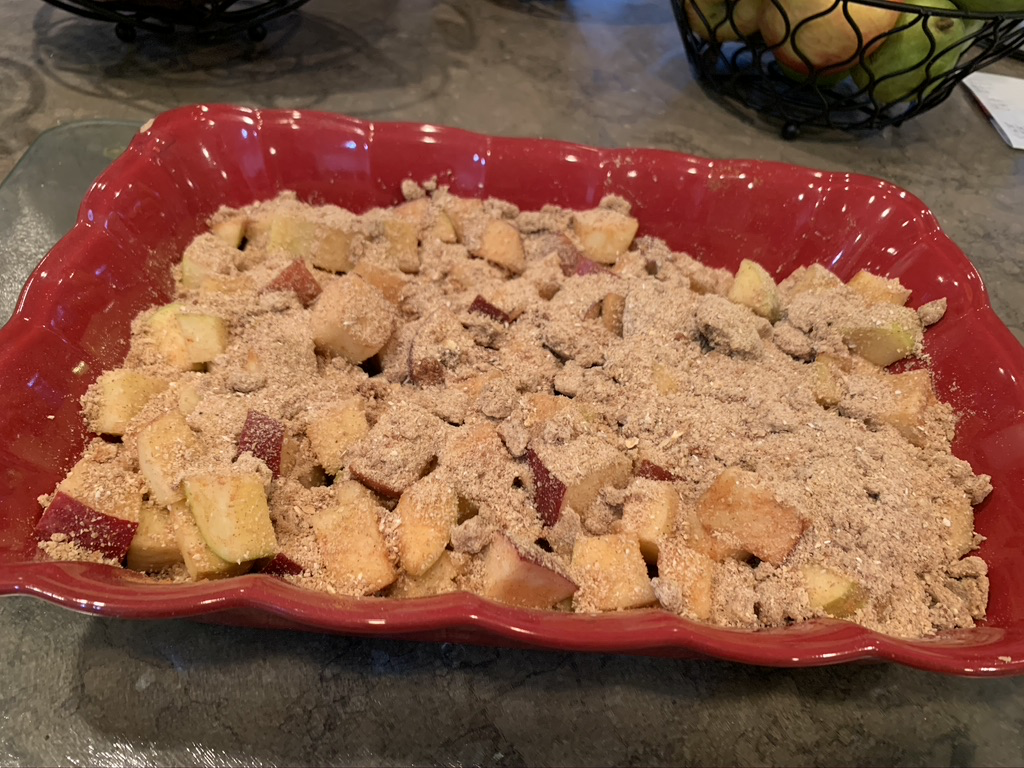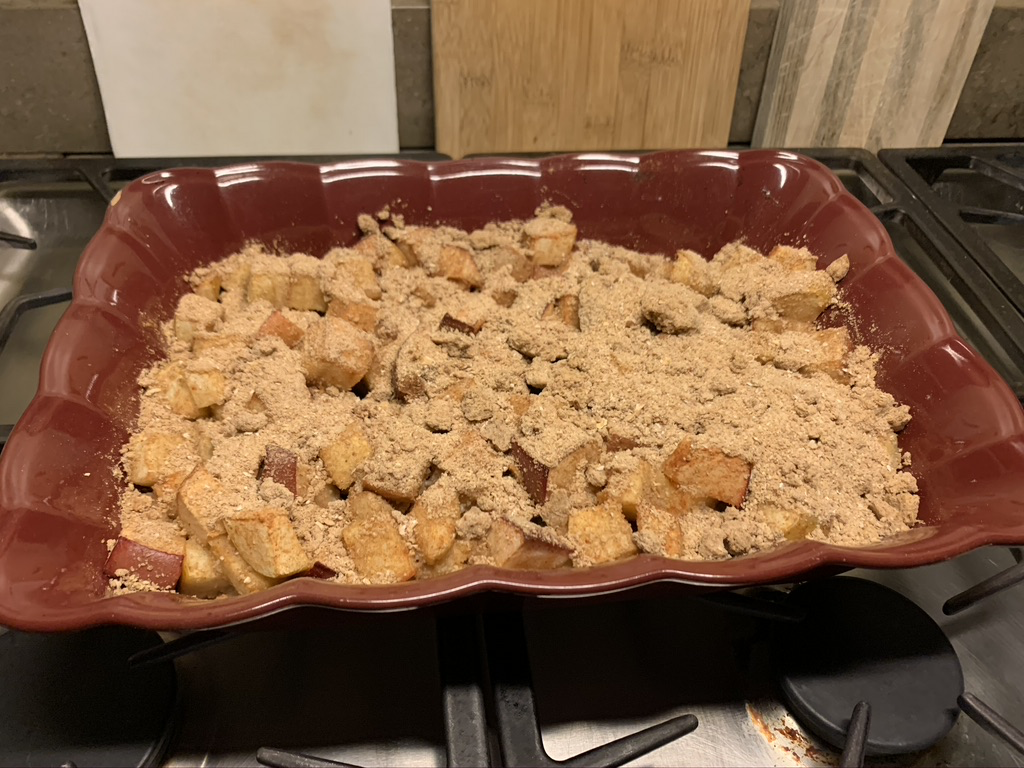Welcome to the first stop on the Plant-Based Food Tour of Princeton! Every week for the rest of the semester, we are going to show you how to eat plant-based in Princeton, NJ. You may think that Planted Plate or an acai bowl are the only way to get in your plant-based fix, but you’d be surprised what the town of Princeton has to offer for all you vegan, vegetarian, sustainability-minded, or simply food curious folks out there! This week, we will be reviewing noodle and pasta dishes from a range of restaurants, each bringing something unique to the table. We are going to give you our take on these restaurants and their plant-based dishes, using metrics like price, taste, and creativity. We hope you’re ready for another EcoReps x Greening Dining collaboration, because it’s going to be a fun ride. And be sure to check back next week as we dive into our international tastings!
Tiger Noodles – Most Variety of Tofu
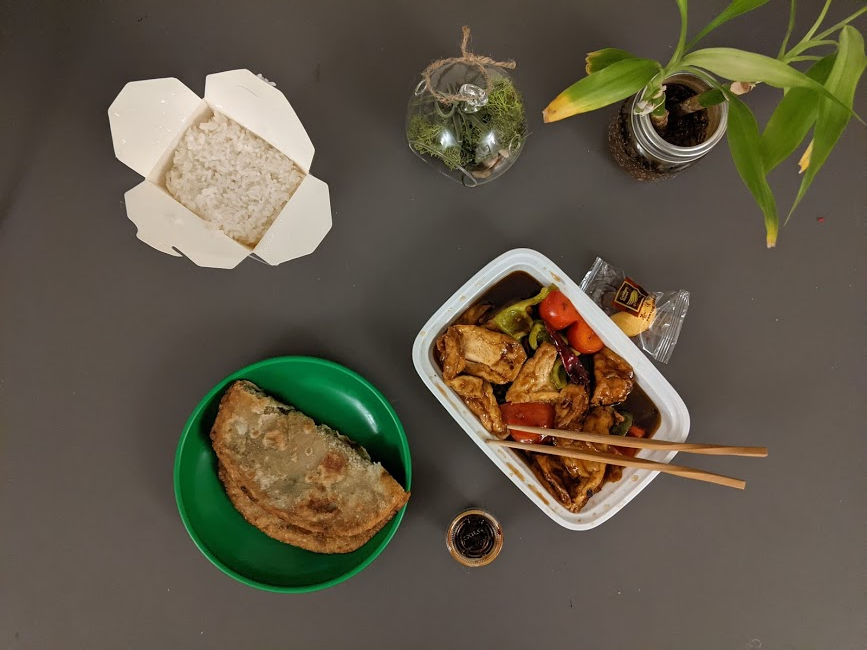
Price: $
Bang For Your Buck: ★★★★★
Creativity: ★★
Plant Forward: ★★
Taste: ★★★★★
Ease of Access: ★★★
My dinner tonight was General Tso’s Tofu with steamed rice and a scallion pancake. I wanted a plant-based entrée that had some protein in it, which limited me to rice with tofu. Still, there were a whopping eight (!) tofu options in total to choose from. Luckily, my (ethnically Chinese) roommate quickly came to my rescue and advised me on General Tso’s and also told me to try the scallion pancake. I was very happy with the tofu: fried to a perfect golden spot between crunchy and chewy, its crust scooped up the sweet, sour, and slightly spicy sauce, leading to mini flavor-explosions in my mouth as I bit into it. The steamed rice served well to balance out the intense flavor of the sauce. As for the scallion pancake, my roommate – a harsh critic of Chinese cuisine – declared it non-authentic, but it still hit all the right dopamine-triggering buttons in my brain by virtue of being fried dough. I would highly recommend Tiger Noodles if you are looking for a wholesome and tasty, yet inexpensive, lunch or dinner experience, and if you are on campus, you get a nice ten-minute walk in! The restaurant does not seem to be very vegan/vegetarian-oriented though, so maybe not the best if tofu or avocado sushi are not your plant-based thing. Still, dinner at Tiger Noodles was a blast for me, and you should consider coming to support a Princeton business! (I will probably be back to try more varieties of tofu).
Lan Ramen – Most Creative Fries
Price: $$
Bang For Your Buck: ★★
Creativity: ★★★
Plant Forward: ★★★★
Taste: ★★
Ease of Access: ★★★
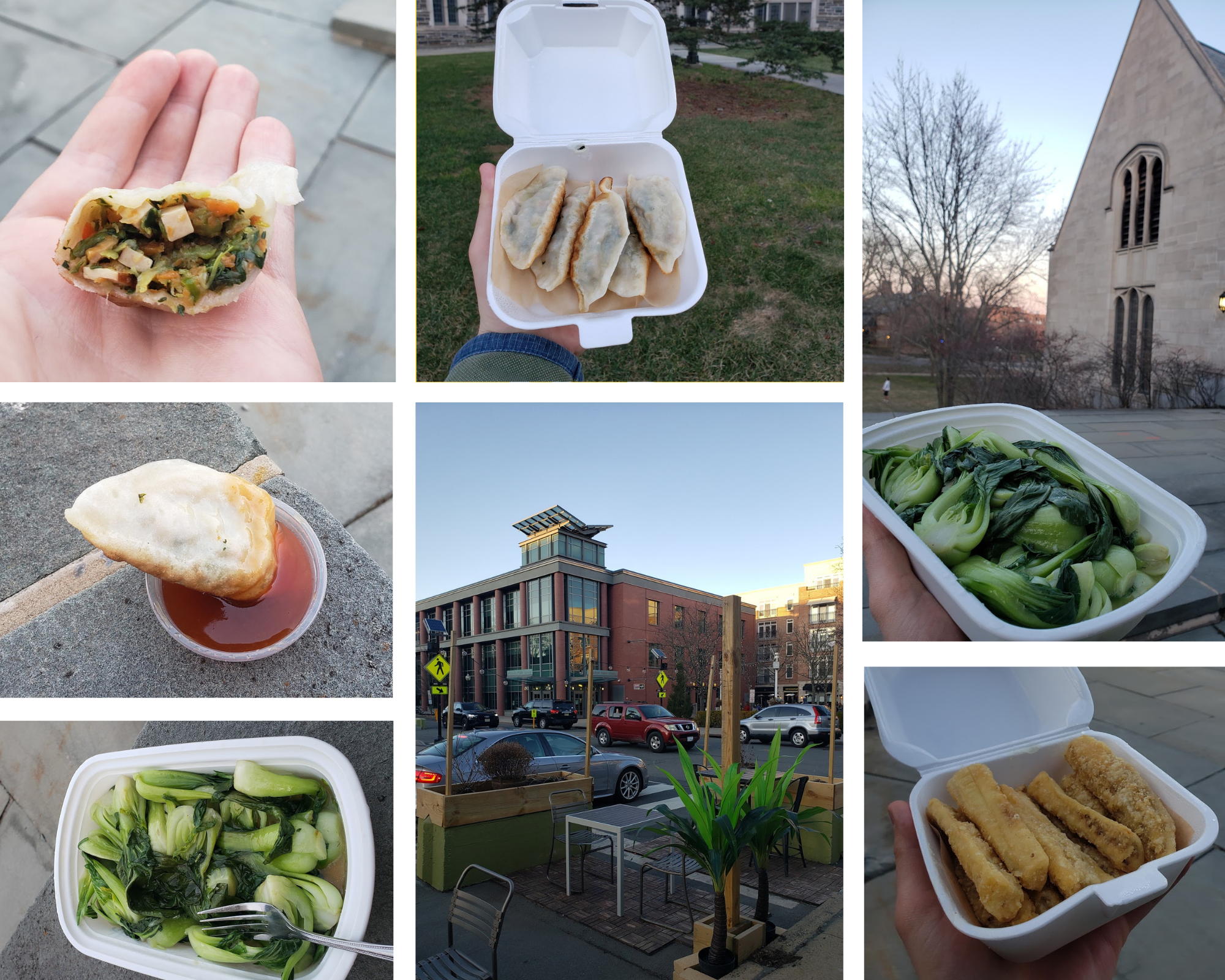
On the first stop of my plant-based food tour, I ate at Lan Ramen. This restaurant has a great location across the intersection from the Princeton Public Library and offers several options for vegan and vegetarian food. Though this week we are trying noodle and pasta restaurants, I actually overlooked the one vegan noodle entree because it’s somewhat buried in the menu. Know that there is the Scallion and Ginger Noodles as a vegan noodle option. Since I didn’t see this option in the moment, I tried the Shanghai bok choy, eggplant fries, and vegetable potstickers.
The bok choy was beautifully fresh and green. It felt like a very healthy meal, being just a few simple ingredients combined with the steamed baby napa. The bok choy with rice and the soy sauce included with the potstickers I ordered was very tasty, but I actually ran out of soy sauce before I finished it all. Know that there’s no protein such as tofu included. If you get this entree, make sure to ask for at least one extra soy sauce container; it brings most of the flavor!
I also tried Lan Ramen’s eggplant fries and crispy potstickers. I had to try the eggplant fries when I saw them on the menu; I’ve had sweet potato fries, green bean fries, and more, but never eggplant fries! The dipping sauce for the fries really made it for me, and once again I ran out just a little before I finished the food. The use of eggplant for fries is very creative, so I commend Lan Ramen for that. I do prefer the sweet potato and green bean fries I’ve tried at other restaurants.
The crispy potstickers were the highlight of my meal. In the container came 5 potstickers with beautiful gold coloring. I ate these with the sauce that came with the fries, and they were delicious. They had baby napa, mushrooms, tofu, and baby bamboo wrapped inside. I loved the look of the inside of them and, paired with the sweet sauce from the eggplant fries, this is the item I would recommend.
Though I wasn’t able to try these this time, Lan Ramen also has an “Original Cucumber,” and a “Lotus Root Salad” as plant-based appetizers. For entrees, there is the one vegan option I mentioned earlier and a whole list of vegetable options you can view in the ramen and vegetable section of the menu. It is easy to miss the plant-based options outside of the vegetable section as there are many more meat items and there isn’t a mark to signify that something is plant-based. I would really appreciate it if Lan Ramen added some marks to make it easier to signify these options!
Lan Ramen impressed me with the packaging for their rice, putting it in a sturdy brown paper container endorsed by the green restaurant association. All the other dishes, however, came in a mix of plastic and styrofoam, so I’d really like to see this improve. If you do eat here and you’re comfortable dining indoors, I recommend doing so to reduce waste. Also included in my takeout bag were plastic utensils and two sets of chopsticks. If you don’t need disposable utensils, let the restaurant know when ordering online or by phone!
Lan Ramen is located kitty corner to the Princeton Public Library at the intersection of Hulfish and Witherspoon. It’s about a fifteen minute walk from Whitman College. There is indoor seating and takeout, though outdoor seating is temporarily unavailable.
D’Angelo Italian Market – Best Classic Pasta
Price: $$
Bang For Your Buck: ★★★★
Creativity: ★★
Plant Forward: ★★★★
Taste: ★★★
Ease of Access: ★★★★

The restaurant is located within the Italian grocery market, which is just a few minute’s walk from Fitzrandolph Gate. From their broad selection of classic pastas, I chose the Pesto Genovese. The sizable portion of penne pasta featured liberal amounts of pesto, olive oil, and parmesan cheese, and was tasty and satisfying! The staff is cordial, seating is available both inside and outside, and the store has a cheery ambiance, with many customers coming and going during lunchtime. Definitely stop by D’Angelo Italian Market if you are craving a great traditional pasta!
Lil Thai Pin- Most Vegan Options
Price $$
Bang For Your Buck: ★★★★
Creativity: ★★
Plant Forward: ★★★★
Taste: ★★★
Ease of Access: ★★★★★
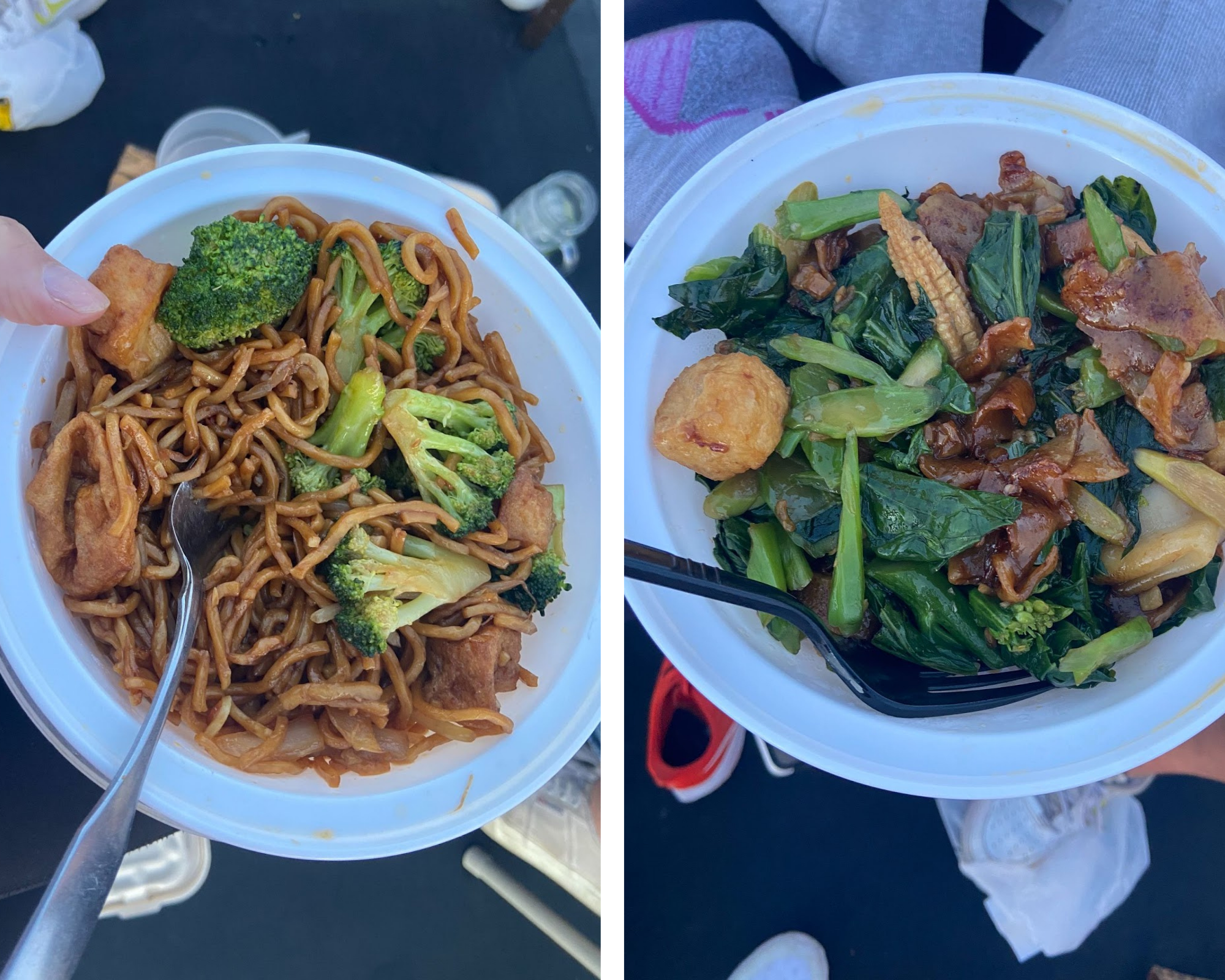
I ordered the edamame appetizer, the Vegetable Pad See Lew and the Vegetable Lo Mein Lover. I was super impressed in general with how many vegan/vegetarian options and alternatives there were on this menu! Almost every item has the option of being made vegan and that warms my heart. The edamame appetizer was a classic and for the price, they give you so much! For the entrees, the Vegetable Lo Mein Lover was definitely my favorite of the two. It came with broccoli, onions, and tofu and while the flavor wasn’t overwhelming, it was perfect for a grab and go bite that filled me up. The Pad See Lew came with bok choy, baby corn, and chinese broccoli. Typically, Pad See Lew is one of my favorite dishes to get at thai restaurants, and while I really appreciated the restaurant having an automatic option to leave out the egg, I don’t feel like the dish was packed with strong flavor. The service was super speedy and conveniently located right next to my apartment, and I ordered through the snack pass app which allowed for no waiting time at the restaurant, which is everything I could ask for in COVID times! I really appreciate how conscious Lil Thai Pin is to offer plentiful vegan options, and with its convenience I will definitely be going back!
Purinsu Ramen – Most Likely to Leave Feeling Like You Got Your Money’s Worth
Price $$
Bang For Your Buck: ★★★★★
Creativity: ★★
Plant Forward: ★★★
Taste: ★★★
Ease of access: ★★★★
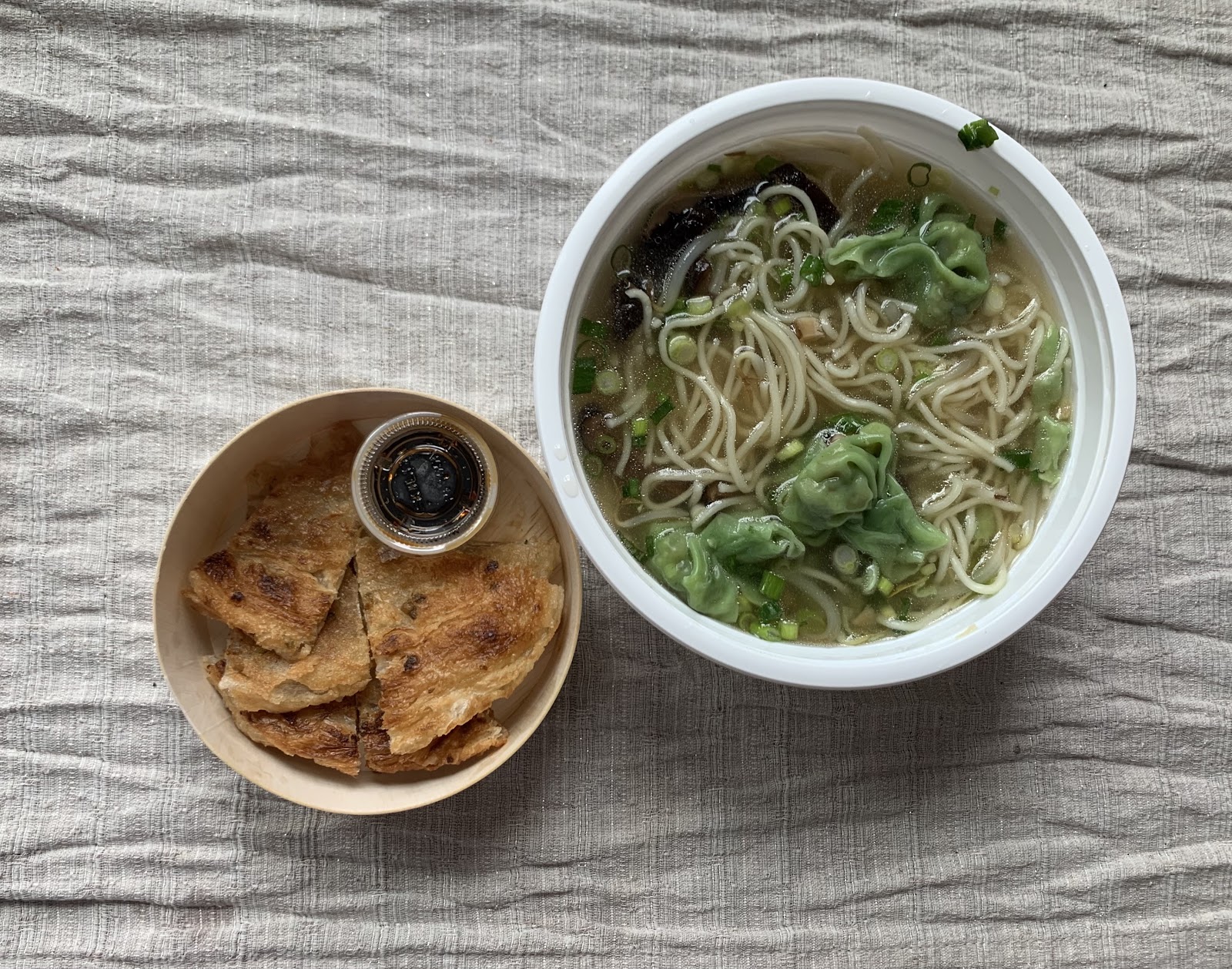
I tried the Vegetable Wonton-Men, taking the traditional ramen to the next level with the addition of vegetable wontons. This ramen comes in a miso vegetable broth with noodles (obviously), bean sprouts, mushrooms, and scallions. Oh, and don’t forget the vegetable wontons, which for me make this dish worth it. My initial impression was that this wasn’t the most flavorful ramen I’d ever had, but the wontons added that extra kick I was looking for. They also made the dish really filling. I definitely finished my meal feeling like I’d gotten my money’s worth. I also tried the scallion pancake appetizer, which was delicious with the sauce they give you; this definitely fulfilled my fried food craving, but didn’t feel too heavy or oily at all. I would absolutely recommend Purinsu Ramen for some veggie wontons!
Ramen Stop – Most Likely to Fool You Into Thinking You’re Eating Meat
Price $$
Bang For Your Buck: ★★★
Creativity: ★★★★
Plant Forward: ★★★★
Taste: ★★★
Ease of Access: ★★
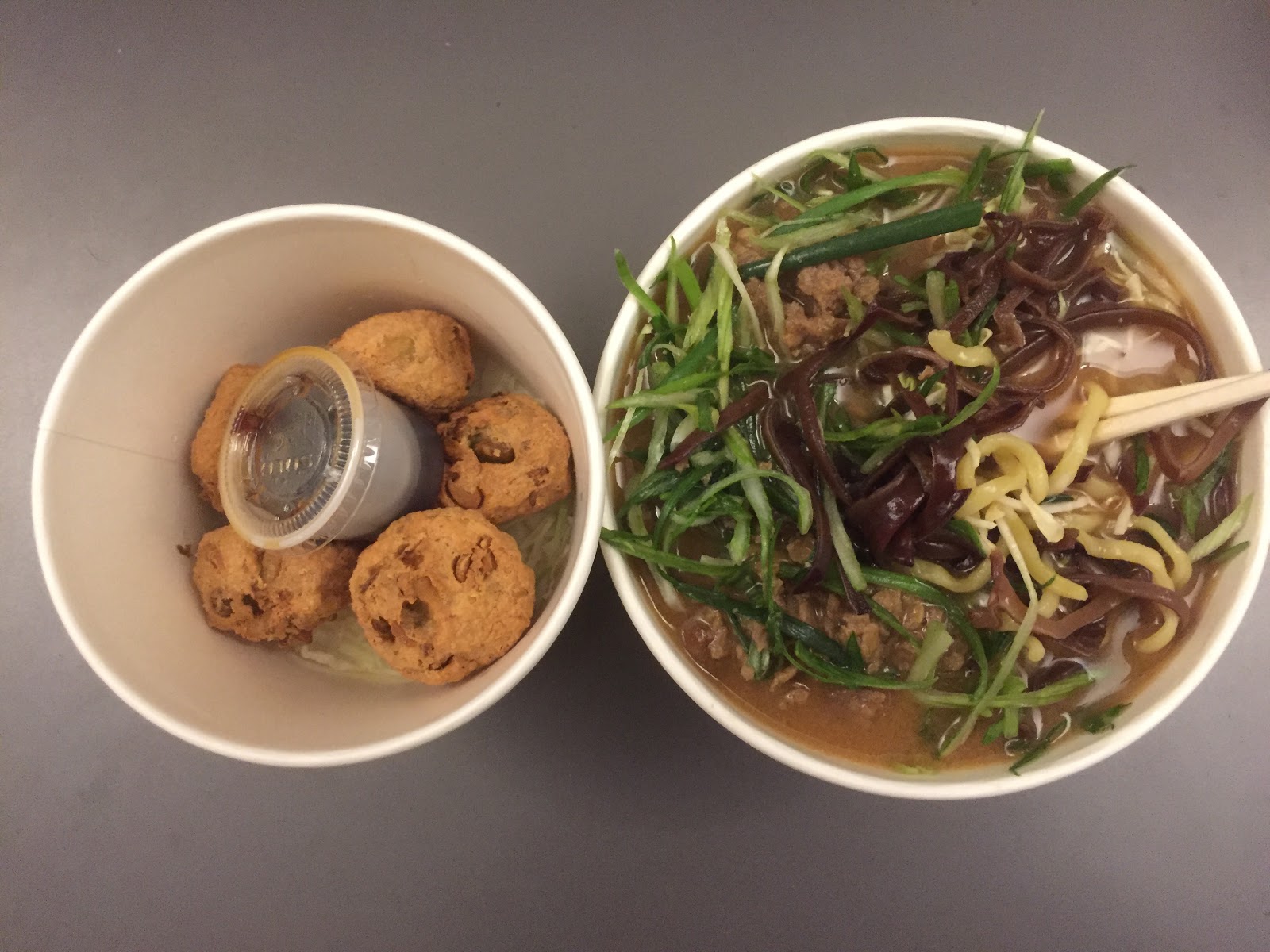
I was really excited to see that Ramen Stop offered impossible meat, which I hadn’t seen at a ramen restaurant before. I ordered the Impossible Ramen with vegan miso broth, vegan noodles, impossible meat, wood ear mushrooms, cabbage, and green onions. The impossible meat didn’t disappoint; it added a great umami flavor to the noodles and had a texture that reminded me exactly of real meat. I also really liked the generous amount of vegetables in the ramen, especially the green onions, which were crisp and brought some brightness to the dish. The broth was a little salty for my taste, but it definitely had plenty of flavor. For an appetizer, the edamame tofu nuggets caught my eye and I was curious to see what they would taste like. I was concerned that they’d be soggy after a twenty minute walk back to my dorm, but I was pleasantly surprised to find them still nice and crispy. While the portion size wasn’t huge and the nuggets weren’t very flavorful on their own, I enjoyed them paired with the side of ponzu sauce. Overall, I loved the vegan and vegetarian options at Ramen Stop—they have at least one plant-based dish in every category (ramen, bao, donburi, mazemen) and they use a variety of meat alternatives, including tofu, impossible meat, and edamame. Half of the appetizers are either vegan or vegetarian, so I would especially recommend trying them out! A bit far from campus, but definitely worth a visit.

*** We are not food critics, but food enthusiasts. This is in no way intended to be a formal critique or review of any restaurant in Princeton, merely a way to encourage students to try more plant-based options when dining out.
This series is also on our Instagram (@tigersgogreen)! To check out the video version of the plant-based food tour, click here.



